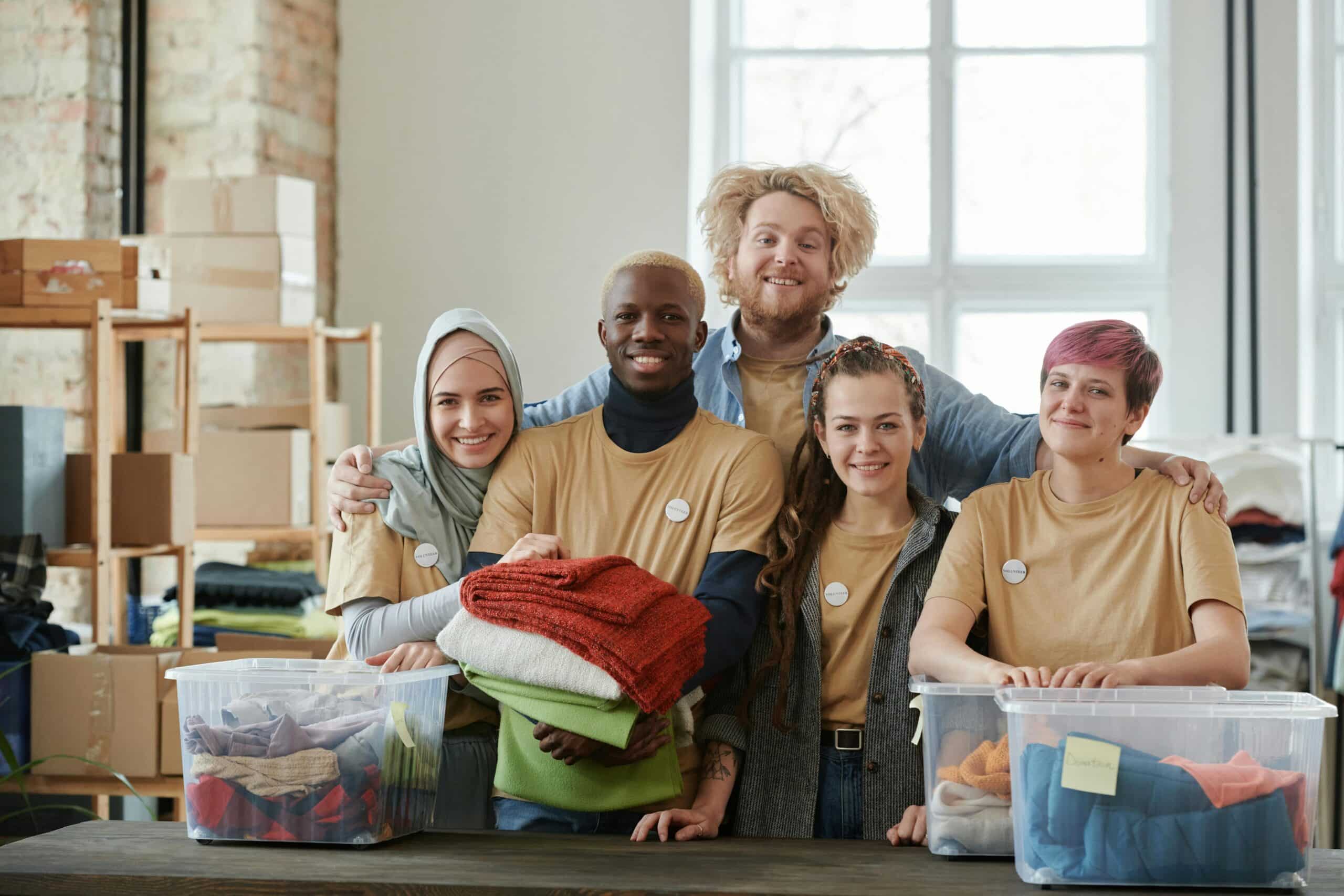Canada is facing a growing labour shortage across various industries, including key roles essential to the country’s infrastructure, such as healthcare and construction. More recently, shortages have extended to sectors like hospitality. These gaps are driven by factors such as geopolitical trends, shifting workforce expectations, public perception, and an aging population.
Despite these challenges, many employers remain unfamiliar with immigration pathways that could help address these shortages. Programs like the Economic Mobility Pathways Pilot (EMPP) provide a streamlined way for businesses to connect with skilled workers who have been displaced due to conflict or crisis. Here’s how economic migrants contribute to closing Canada’s labour gaps and strengthening the economy.
-
Providing Employers with Skilled Workers Through Economic Pathways
Through initiatives like EMPP, economic migrants with professional experience in high-demand fields—such as healthcare, engineering, and skilled trades—are able to connect with Canadian employers. These workers arrive job-ready, with international experience, helping businesses address labour shortages without the lengthy recruitment challenges often associated with local hiring.
-
Filling Essential Jobs That Employers Struggle to Staff
Industries such as agriculture, manufacturing, and hospitality often face high turnover and recruitment difficulties. Economic migrants bring long-term stability to these sectors by filling roles that are critical for business operations. Meanwhile, changes to the Temporary Foreign Worker Program have made it harder for employers to access talent, further increasing the need for alternative hiring pathways like EMPP. Employers supported by Jumpstart Refugee Talent report a retention rate of over 93%, highlighting the long-term commitment of these workers.
-
Supporting Workforce Growth and Economic Stability
With labour shortages across key industries, Canadian businesses need a steady supply of skilled workers to sustain economic growth. Economic migrants help address workforce gaps by bringing specialized skills, training, and professional expertise that align with industry needs. Their participation in the workforce supports essential services such as healthcare and transportation, ensuring that businesses and public institutions remain operational.
-
Contributing to Regional Economic Development
Economic migrants are often open to relocating to smaller communities when job opportunities are available. This mobility helps distribute labour more evenly across Canada, particularly in regions experiencing workforce shortages. By filling critical roles in these areas, economic migrants contribute to the sustainability of local businesses, schools, and public services, strengthening communities and fostering economic growth.
A Workforce Solution for Canada’s Future
Economic migrants are not just job seekers; they are highly skilled professionals who provide Canadian employers with a reliable, long-term workforce solution. By leveraging pathways like EMPP, businesses can access a steady stream of experienced talent, addressing labour shortages while fostering a more resilient and competitive economy.





